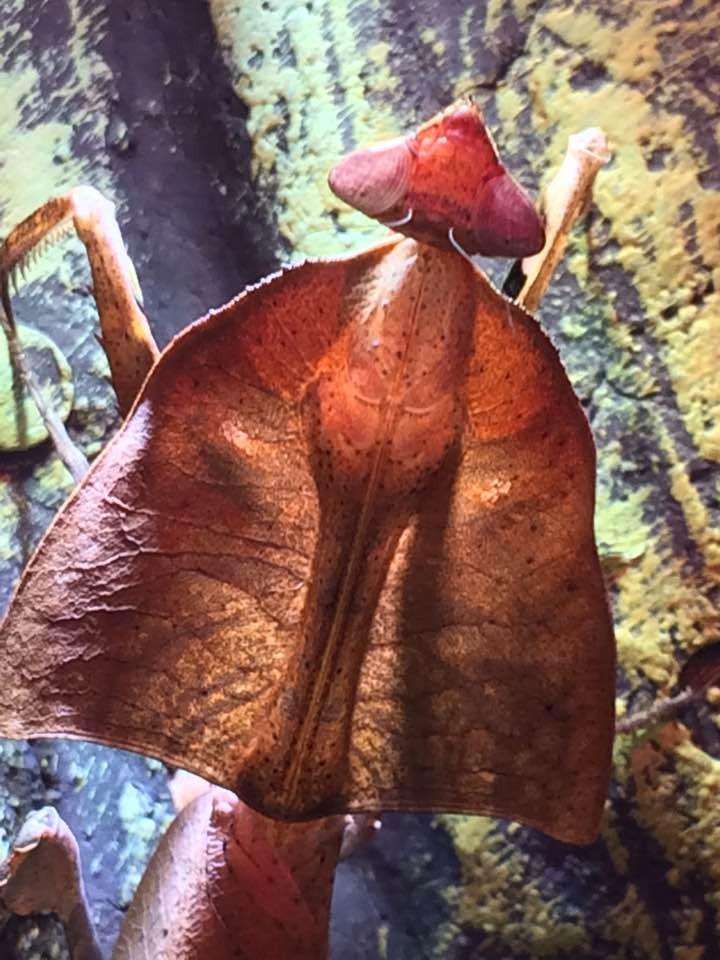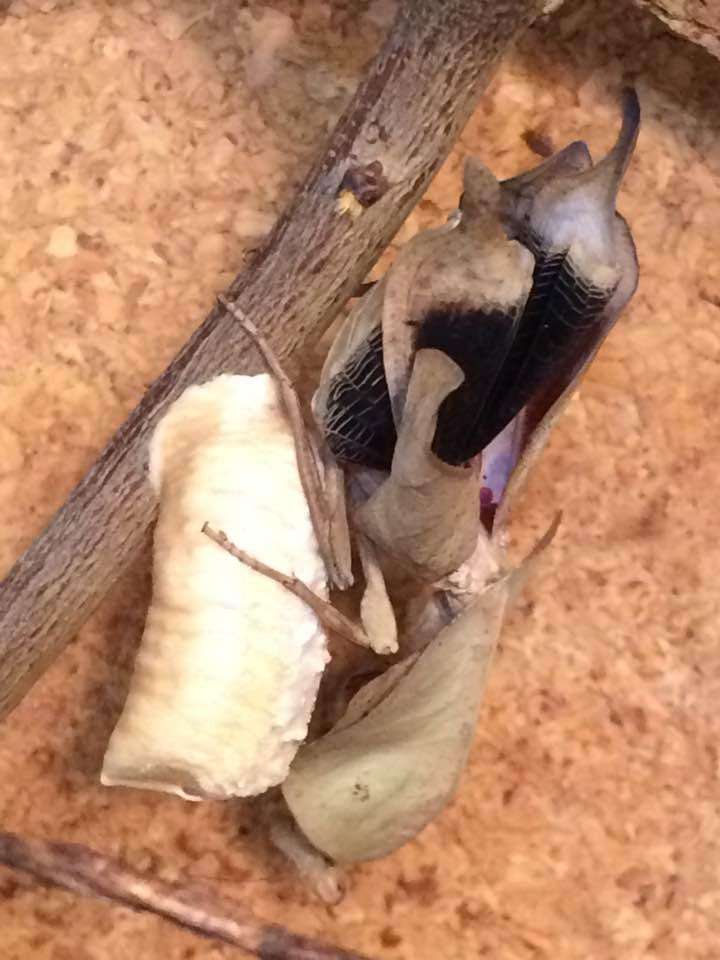









Sold out
Deroplatys truncata
$40.00 - $175.00
Triangle Dead-leaf mantis which originally comes from Southern Asia. We are offering L3 Nymphs for sale of D. Truncata
Habitat
A suitable terrarium for this species would be 30cm x 30 x 30, if space is limited yo A suitable terrarium for this species would be 30cm x 30 x 30, if space is limited u can use a smaller terrarium with no problem, but this size allows the mantis to freely move about.
The terrarium should have reasonable ventilation to allow the free-flow of air to prevent a build up of mould or stale air
Provide plenty of good climbing branches
You do not need a substrate as the mantis spends all its time above ground and it is then easier to clean out , but if you want you can use a moistened coir (Coir or coconut fibre, is a natural fibre extracted from the husk of coconut and used in products) or pearlite substrate to make the cage aesthetically more pleasing to the eye
Temperature / Humidity
This mantis can be kept at between 15 and 21 degrees centigrade comfortably and does not need a drop in temperature at night. They live in the cooler Malaysian highlands so don't like to be too hot
Spray or mist the cage every other day dependent on the type of cage. If it is a netted cage you will need to spray daily
Feeding
Mantis will gorge themselves if they can and they can eat themselves to obesity. Feed a large mantis like this 4 to 5 large crickets weekly.
Mating
When adult, allow your mantids 8 to 14 days after their final molt before pairing with each other.
Best time to attempt pairing is around dusk
Place the female in the males cage, preferably in front of the male so that the male sees the female but the female does not see the male and leave them too it ! The female is aggressive and will likely attack the male before , during or after mating so
The female, when mated will likely lay an oothecae between 7 and 20 days later.
Note: ooths are never guaranteed. We do confirm they are fertile when sent, however they require expert care to hatch. They can be easily compromised while incubating. Conditions for incubating requires experienced handling and we assume no responsibility.










